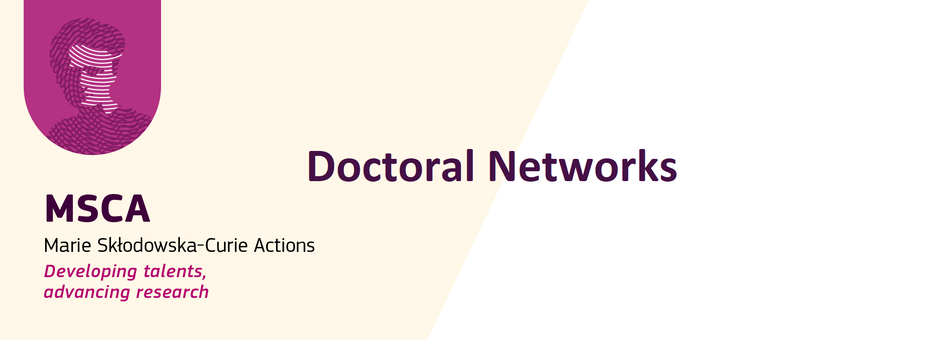Description :
ExpectedOutcome:
Project results are expected to contribute to the following expected outcomes.
- Environment. Project results are expected to demonstrate that there the proposed solutions would have no negative impact on the environment (e.g. in terms of noise) or on potential improvement of the aviation environmental footprint.
- Passenger experience. Project results are expected to improve citizens’ well-being through the validation of operational and technical requirements linked to UAM, while protecting their privacy and contributing to the social acceptance of new entrants.
- Capacity. Project results are expected to demonstrate that capacity would not be affected by the development of new U-space services or the validation of operational and technical requirements. In addition, the development of indicators and metrics linked to U-space should help to demonstrate that there would be no negative impact on capacity.
- Cost-efficiency. Project results are expected to demonstrate that U-space will not negatively affect the cost of providing ATM services. The definition of specific cost-efficiency indicators and metrics for U-space will focus on this aspect.
- Operational efficiency. Project results are expected to demonstrate that the requested validation of operational and technical requirements for UAM will not reduce the operational efficiency of the current ATM system.
- Safety. Project results are expected to define a safety framework for U-space, including metrics and indicators, able to demonstrate that at least the same level of safety as the current ATM system would be maintained.
- Security. Project results are expected to maintain at least the same level of security as the current ATM system.
Scope:
The SESAR 3 JU has identified the following innovative research elements that could be used to achieve the expected outcomes. The list is not intended to be prescriptive; proposals for work on areas other than those listed below are welcome, provided they include adequate background and justification to ensure clear traceability with the R&I needs set out in the SRIA for the U-space and UAM flagship.
- Validation of UAM operational and technical requirements. This research will look at the development and validation of the operational concept of UAM, looking at the additional requirements for the urban environment (compared with the U-space requirements for non-urban airspace). In addition, the delta from the U-space in terms of infrastructure and CNS challenges in the urban airspace should be addressed (R&I need: enable UAM).
- Measures to protect the privacy of the European citizen in a U-space environment. This research is aimed at identifying, collecting and reviewing requirements to protect the privacy of European citizens in a U-space environment, and developing/adapting U-space services so that they are fulfilled (R&I need: U-space social acceptance aspects).
- Development of a U-space performance framework. This research will look into options for the development of a performance framework for U-space. The research will identify the relevant KPAs for U-space and develop a set of performance indicators to measure the performance of U-space services. In addition to looking at the KPAs of operational efficiency and cost-efficiency, it is expected that the research will explore how equity and fairness apply to U-space (R&I need: U-space performance framework).
- Development of a U-space safety framework. This element covers the need for new safety modelling and assessment methodologies applicable to U-space. Tools are required to analyse and quantify the level of safety of U-space operations involving high levels of automation and autonomy, where multiple actors automatically make complex, interrelated decisions under conditions of uncertainty (e.g. weather-related uncertainty). Research is needed to ensure that the distributed decision-making protocols implemented in U-space achieve the required level of safety while catering for differing levels of experience of participants. Examples of approaches that could be leveraged for this purpose include greater use of simulation and ML applications such as stress-testing. As in the case of manned aviation, there may be a need to have different frameworks for R&D and for operations (search and rescue versus safety risk management) (R&I need: U-space safety assurance).
- Introduction of environmental impact assessment and dialogues in U-space flight plan approval processes. This element covers the development of a service to provide an environmental impact assessment for each individual flight plan as part of the U-space flight plan approval process. The service could include what-if/what-else dialogues and suggest options to reduce environmental impact (e.g. alternative routes or times, maximum speeds, noise abatement procedures, etc.) (R&I need: develop advanced U-space services).





